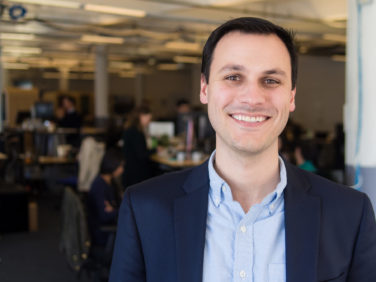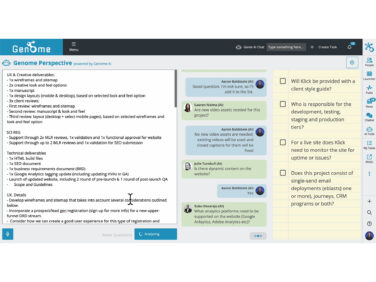Up to now, drug safety teams have relied primarily on reactive reporting systems for pharmacovigilance (PV) or real-world drug safety monitoring. The signals, generally delivered through individual case safety reports (ICSRs), require significant time and effort to uncover, potentially delaying detection and negatively impacting patient safety.
Most traditional signal detection methods focus on disproportionality, meanwhile calling attention to higher-than-expected correlations between the suspect drug and an adverse event (AE). Yet, correlation does not signify causation. Physicians must form hypotheses about the AE’s cause and seek information to prove or discredit the hypothesis. Relying on hypothesis-centric methods of analyzing AEs after they happen allows other potential risks to slip under the radar.
But what if life sciences organizations could predict AEs and negative reactions before they occur? Proactive signal detection aims to transform PV by harnessing the power of real-world data (RWD) and cutting-edge analytics to stay ahead of potential safety issues.
Pitfalls of Traditional Forms of Signal Detection
Traditional methods of signal detection present multiple challenges and inefficiencies. Barriers include:
- Signal noise: Depending too heavily on reported AEs results in noise-ridden data that can lead to false conclusions and wasted time for PV teams. Up to 95% of signals are false positives, which can damage products by giving them an undeserved reputation for causing an AE.
- Lag time: Manual methods take longer to find patterns in data, especially where there is an over-reliance on ICSRs. This delay creates greater risk, exposing more patients to AEs in the meantime.
- Inability to meet urgent demand: Patients want safe therapies now, but reactive signal detection increases drug approval timelines. The average drug development process takes 12 years.
Proactive signal detection holds the key to unlocking solutions that will solve these problems and enable increased patient safety.
The Transition from Reactive to Proactive Signal Detection
Proactive signal detection shifts the PV paradigm by leveraging RWD and advanced analytics to reduce signal noise and lag times in detection to accurately identify true signals (even subtler ones) in a timely and efficient fashion.
A comprehensive and proactive approach to signal detection uses various causal feature analyses, clustering, anomaly detection, and sensitive feature analysis. It makes it possible to reliably consider factors such as time to onset, frequency trend, disproportionality, and drug-event combinations (DECs).
To be proactive, PV teams must avoid an overreliance on ICSRs because many events go unreported, and those that are recorded take time to process before they can be used in signal detection (they may not provide sufficient detailed information for PV teams to draw a definitive conclusion about patient reactions to a given treatment).
RWD—drawn from electronic health records (EHRs) and claims data, for instance—reflects the real-world experiences of high volumes of patients using a drug. This data adds valuable context to signals found in reported AE datasets. By moving signal detection closer to the patient, RWD facilitates faster risk detection and increased precision.
Although RWD has long existed, to harness it reliably, PV teams need access to optimized technology solutions that make it possible to collect, standardize, and compare data from diverse sources and systems. Pharmacovigilance automation software that uses advanced machine learning (especially in the form of large language models, which are highly flexible and intuitive to use) can help accelerate safety/PV workflows, freeing up those professionals’ time to apply medical reasoning to any findings to build more robust benefit-risk and treatment safety profiles for drugs.
Proactive Signal Detection Benefits Everyone
Pharma companies, regulators, clinicians, and, most importantly, patients all stand to benefit from proactive signal detection.
Pharma companies can save time and money on drug development and improve safety. The early detection of AEs enables more timely intervention, reducing patient harm and potential litigation risks. By minimizing false positives, proactive signal detection using RWD enhances the efficiency of PV teams, allowing them to focus on signals that truly require attention. This efficiency translates into cost savings, improved resource allocation, and better therapies for patients.
Proactive signal detection also enables proactive risk management. Access to data helps regulators make quicker, more accurate decisions to enhance patient safety.
Clinicians, meanwhile, can now make better decisions around patient treatment and gain faster access to new drug therapies to offer to their patients.
Ultimately, proactive signal detection based on RWD helps pharma companies bring life-saving drugs to market faster and put them into the hands of patients, saving and improving lives. Patients can feel confident in those treatments, too.
Proactive signal detection, harnessing RWD, is a groundbreaking advancement poised to revolutionize PV by keeping drug developers ahead of any safety issues and additional, unanticipated benefits. Proactive signal detection reduces false positives and enables timelier identification of true signals, benefiting the life sciences ecosystem.









